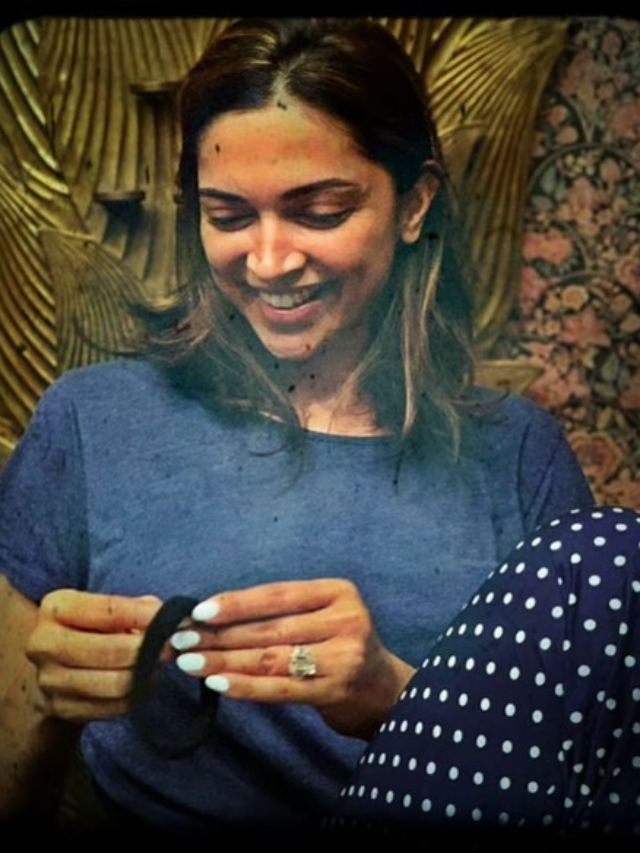Scientists have at last found a cure for Schlodomoniasis — a deadly brain infection caused by the “inter-galactic parasite Klaousmodium cruzi” — they claim to have identified for the first time.
Beth Smith and co-workers at “Sanchez Institute for Biomedical Sciences for Doopidoo Research” in Morocco have published their discovery in three science journals and also reported a novel method called “Magnetic Oddities Radiation Therapy (MORTY)” to treat the infection. The study was carried out in “Wakandan population”.
If readers are breaking their heads to understand the startling findings and decipher the strange words like “Wakandan” and “Doopidoo”, Farooq Ali Khan, a college professor and PhD student in Hyderabad and a co-author of the paper, had the last laugh.
“It was not intended to be a scientific paper,” he told this correspondent in an email. “It was my sting operation to expose publishers of predatory journals who are churning out fake science for profit.”
Open access journals are supposed to provide an online platform for rapid dissemination of latest updates in science and technology. Their publishers don’t charge the readers as access to these journals is free, but they charge the authors wanting to have their research papers published in these journals.
Inspired by previous publishing “stings”, Khan wanted to test whether open access journals would publish an obviously absurd paper liberally salted with nonsense for the sake of money from gullible authors anxious to publish.
He created a spoof manuscript titled “Newer Tools to Fight Inter-Galactic Parasites and their Transmissibility in Zygirion Simulation”, and submitted it to several suspect journals from the list kept online by Jeffrey Beall — an associate professor and librarian at the University of Colorado who coined the term “predatory journal” — as a public service to his colleagues.
All the hilarious fake names like “schleem”, “dinglebop” and “schwitinization”, that do not make any sense, as well as images and graphs published in the paper, were fabricated.
The “Zyrgion simulation”, and “intergalactic parasites” are all references to “Rick and Morty” — a US Cartoon Network’s animated science fiction programme about the misadventures of mad scientist Rick Sanchez and his grandson Morty Smith.
Khan, a great fan of “Rick and Morty”, submitted the paper with Beth Smith (Rick’s granddaughter in the cartoon show) as the corresponding author and himself as co-author. Two other authors’ names were made-up, and Sukant Khurana — a scientist at Central Drug Research Institute in Lucknow, who offered to help Khan in this sting, was another author — all affiliated to an institution in Morocco that does not exist.
The so-called “Magnetic Oddities Radiation Therapy” developed by the authors to treat the brain infection is again nothing but an expansion of “MORTY”, a character in the cartoon show.
Anyone with commonsense would have noticed all the nonsense and consigned the paper to trash, but Khan surprisingly found it was accepted for publication by 10 journals for fees ranging from $75 to $650.
After some bargaining over fees, three scientific journals — ARC Journal of Pharmaceutical Sciences, IOSR Journal of Pharmacy and Biological Sciences, and Clinical Biotechnology and Microbiology — published the paper without a second glance.
Khan says his “scientific prank” was intended to expose the seriousness of predatory journal industry and to create awareness among people who are beginning their careers in science. “These predatory journals are polluting the scientific record with junk science and are also resulting in fake news.”
“When the Open Access Declaration was drafted in 2002, no one would have imagined that many unscrupulous individuals would pollute the entire system of scholarly communication with predatory journals solely with the idea of making money,” Subbiah Arunachalam, renowned information scientist and Distinguished Fellow of the Centre for Internet and Society in Bengaluru, told this correspondent in an email.
“Unfortunately, many Indians — both individuals and companies — are in this business,” he said. “Predatory journals pose a big threat to the integrity of research.”
“These are shameful acts by greedy publishers,” Subhash Lakhotia, a professor of zoology at the Benaras Hindu University, told this correspondent in an email. “Until we stop payments of all kinds of open access charges and modify the present faulty assessment system that relies on numbers of publications, predation in one or the other form would continue.”


































